“Meriwether Lewis contributed importantly to the development of American Zoology by making the first faunal studies in the newly acquired Louisiana Territory and by heeding Jefferson’s directive to observe ‘the animals of the country generally, & especially those not known in the U.S.'”
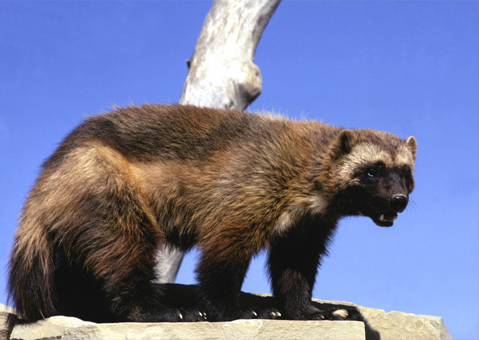

Lewis referred to it as a “tyger cat.” Even Carl Linneaus, the father of modern taxonomy, couldn’t decide whether the wolverine belonged to the weasel family or the dog family.
Wild Horses
by Joseph A. Mussulman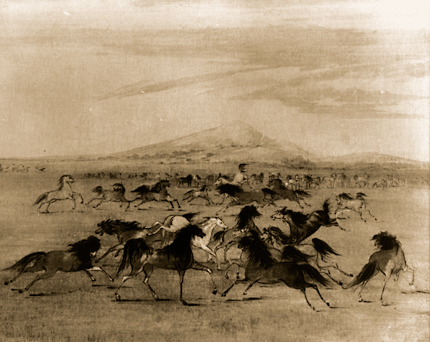

On 14 August 1805, Meriwether Lewis commented on the Shoshones’ herds: “Most of them are fine horses…. I saw several with Spanish brands on them, and some mules which they informed me that they had also obtained from the Spaniards.”
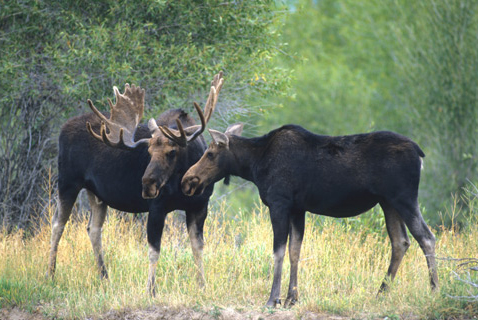

“Reubin Field wounded a moos deer this morning near our camp,” Lewis wrote on 7 July 1806, adding, “my dog much worried.”
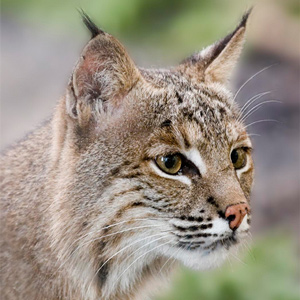

While constructing Fort Clatsop, Clark recorded two significant transactions: “The Indians left us to day after brackfast, haveing Sold us 2 of the robes of a Small animal for which I intend makeing a Capot.”
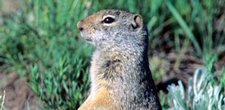

Labiche brought a specimen into Long Camp on the Clearwater River and four days later, Meriwether Lewis penned one of his longest and most meticulous descriptions of any small mammal.
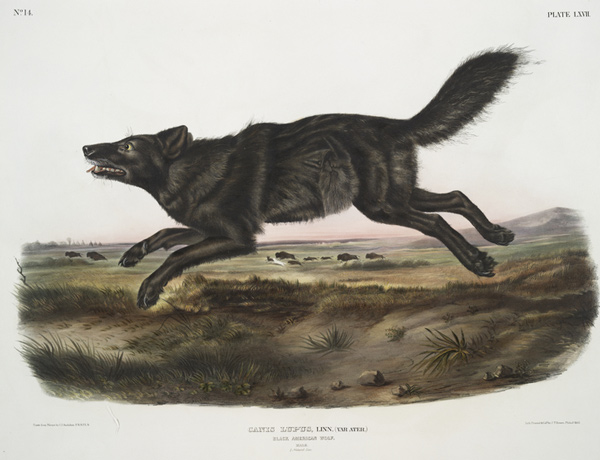
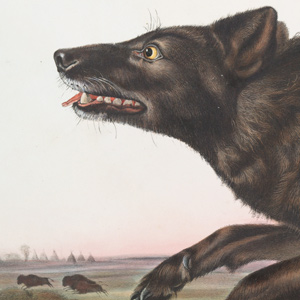
They didn’t get credit for it, but Lewis and Clark were the first to describe these wily canine predators.
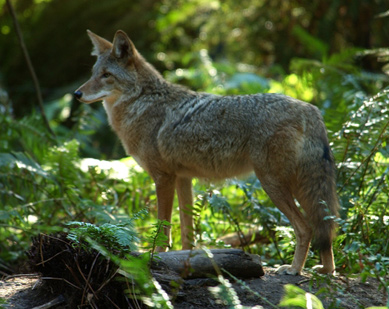

Clark shot “a Prarie Wollf, about the Size of a gray fox bushey tail head & ear like a wolf.” Lewis wrote his description of what proved to be a new species on 5 May 1805, in northeastern Montana.
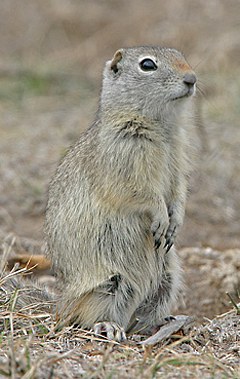

Lewis wrote his brief account of the new species on 25 February 1806: “the small grey squirrel common to every part of the rocky mountain which is timbered, difirs from the dark brown squirrel . . . only in its colour.”
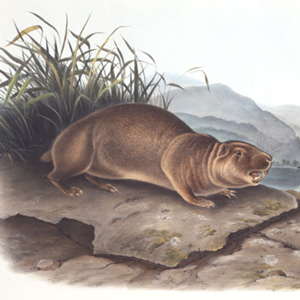

This secretive, primitive little rodent, which somewhat resembles the woodchuck and the muskrat, belongs to the same mammalian order, Rodentia, as the beaver, Castor canadensis, but otherwise they have nothing in common.
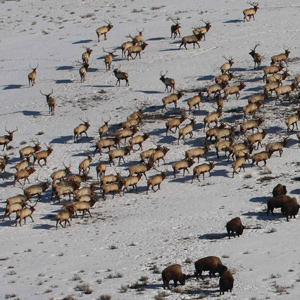

One of the animals recorded by Lewis and Clark—and which became one of the staples of their mostly carnivorous diet—was the wapiti, or American elk (Cervus elaphus).
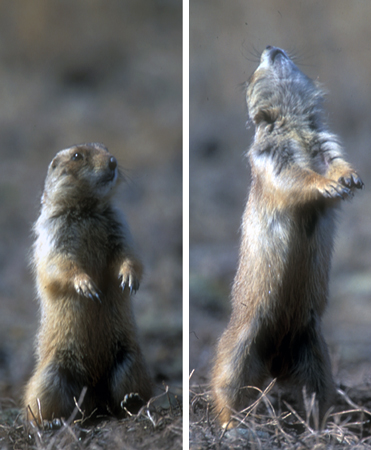

Few of their discoveries seized more interest, even controversy, from the American public. And certainly no others demanded more care than the six live specimens—including one prairie dog—that endured a four-month, 4,000-mile cage-bound odyssey to Washington City.
Bears
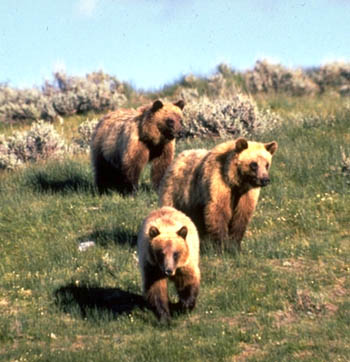

The anecdotes about their experiences with grizzly bears which the members of the Corps of Discovery brought home were gory enough to guarantee that they would be passed along. What are the legends? What are facts?
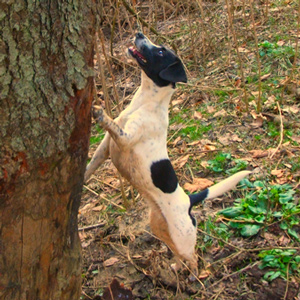

The Corps’ journalists, in their accounts of new species of mammals they encountered on the expedition, would occasionally call to mind comparable features of domestic canids whenever it was appropriate—in terms of their sizes, morphology, and “notes” or barks.
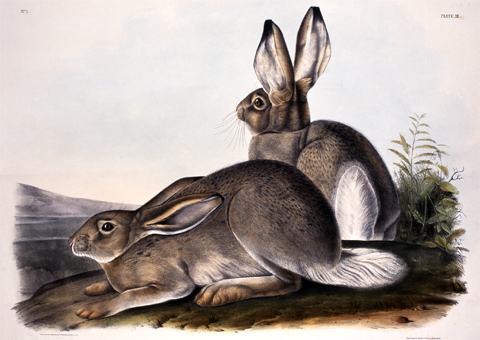

Lewis got his first close look at that “large hare of America,” when one of the Corps’ ace hunters, Private John Shields, bagged the first specimen more than 1,100 miles (by Clark’s estimate) up the Missouri River.
Deer
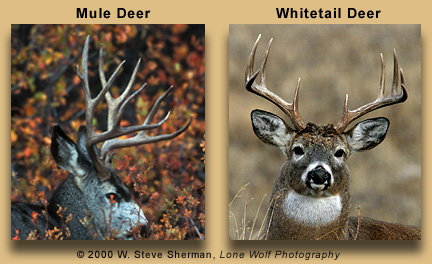

Drouillard spotted their first mule deer on 5 September 1804, on the cliffs upstream from the mouth of the Niobrara River in northeast Nebraska. Another deer new to them was related, the Columbian black-tailed deer.

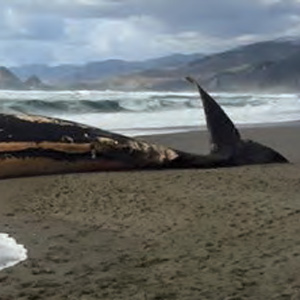
Private Whitehouse and Sergeant Gass recorded that passing Indians told of a whale washed ashore south along today’s Oregon coast. Several days later, Clark set out with twelve men in two canoes to trade for as much blubber as their small amount of merchandise would allow.
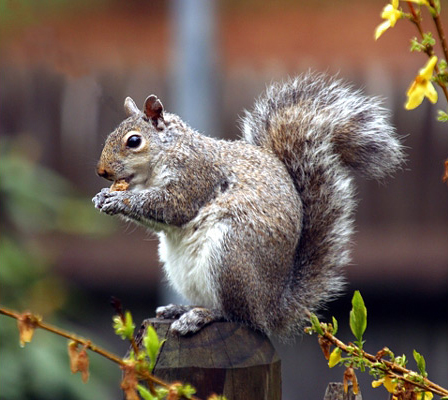

Lewis wrote a description of the eastern gray squirrel, the first of his natural history observations, on 11 September 1803, twelve days after he left Pittsburgh on his voyage down the Ohio.
Bighorn Sheep
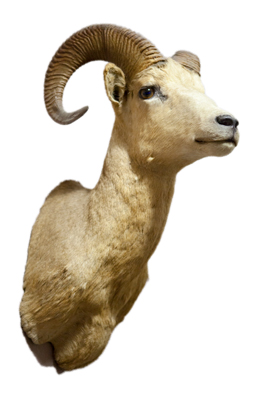

The 100-year-long effort by scientists to decide where the bighorn belonged in the Linnaean system and to get the animal pictured correctly.
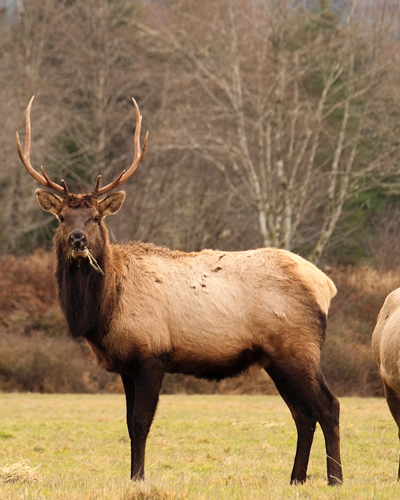

Fort Clatsop’s location was chosen in part because, as some Clatsop Indians had advised the captains, there were more elk on the south side of the river than on the north. The subspecies found there was named in 1898 to honor Theodore Roosevelt.
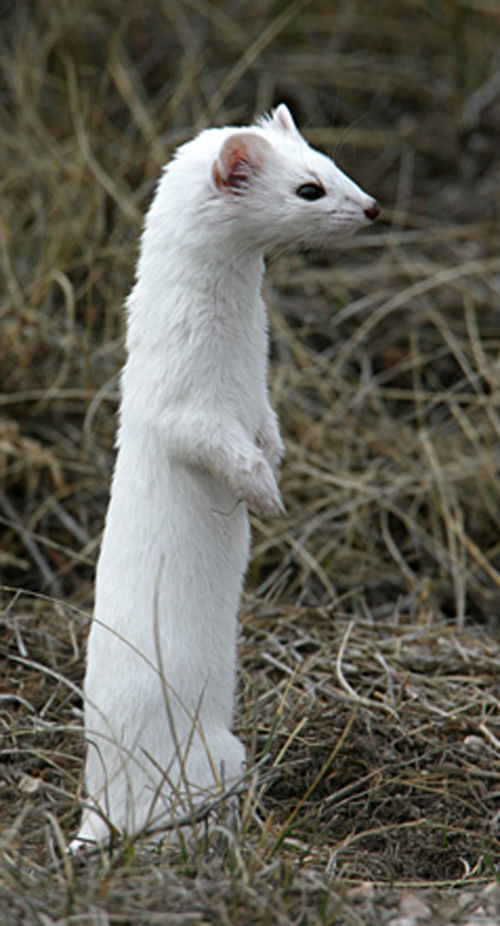
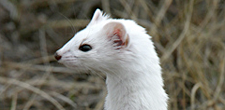
The captains saw their first white weasel at Fort Mandan on 9 November 1804. At Fort Clatsop on Christmas Day, 1805, Sacagawea gave Clark “2 Doz wesels tales.”
The Lochsa Elk Herd
by Sarah Walker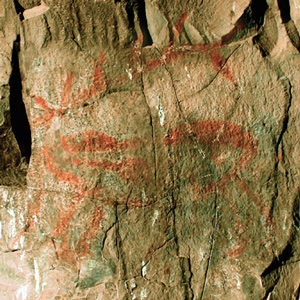

For today’s traveler to Idaho’s Bitterroot Mountains, seeing an elk is still a gamble. But hunters don’t give up; every fall, they pester locals with the same question, “Where’s the elk?”
Buffalo
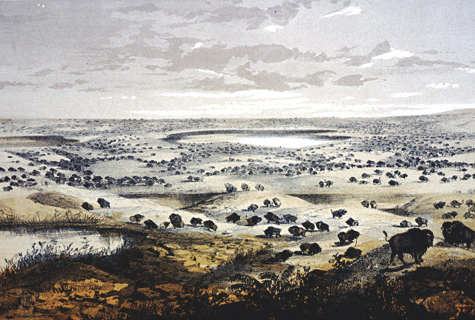

To some extent, the Corps of Discovery used buffalo much as the Indians did–for food, clothing, blankets, tents, saddle pads, and moccasins for both men and horses. With the coming of the American pioneers, the iconic animal’s downfall was swift.
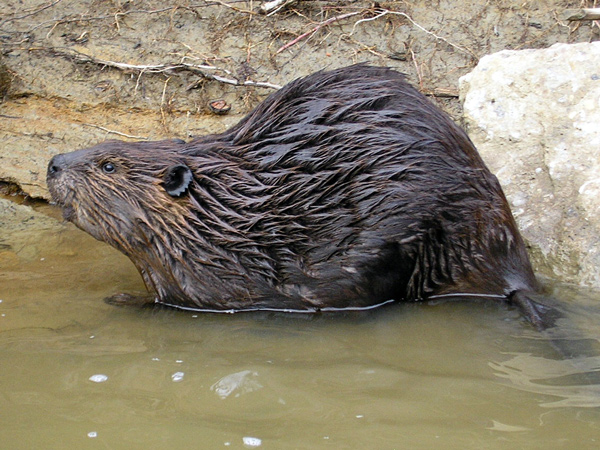

The 1804-1805 Lewis and Clark journals provide the first reliable biological documentations of beaver (Castor Canadensis) for the Missouri and Columbia River corridors between St. Louis and the Pacific Ocean.
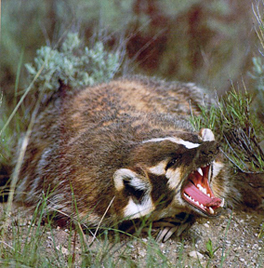

No doubt Lewis was preoccupied with the preservation process, for his entry was shorter. “It is a carniverous anamal . . . . it’s eye are small black and piercing.”
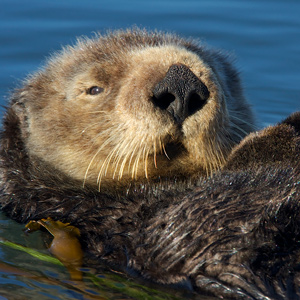
 By the time of Lewis and Clark’s sojourn at the mouth of the Columbia River in the winter of 1805-1806, sea otter hunts and trading ventures had been at white heat for twenty years
By the time of Lewis and Clark’s sojourn at the mouth of the Columbia River in the winter of 1805-1806, sea otter hunts and trading ventures had been at white heat for twenty years
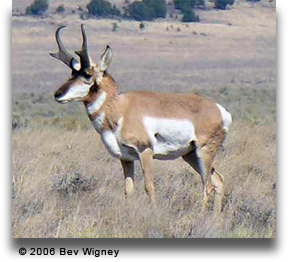

The men of the Corps of Discovery must have been electrified by their first sighting of the pronghorn antelope at the northeast corner of today’s state of Nebraska. Naturalists were eager to find the answers to some basic questions about them.
